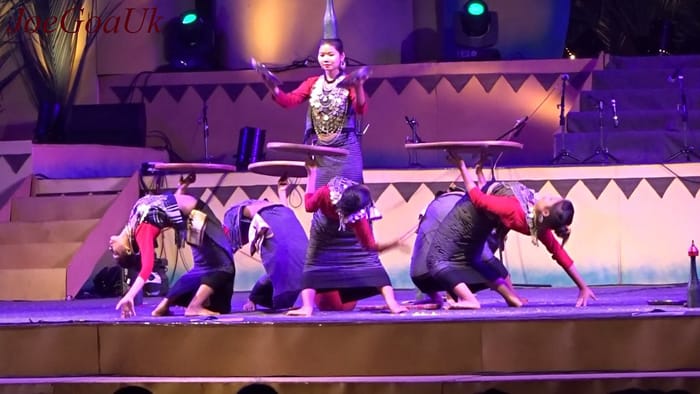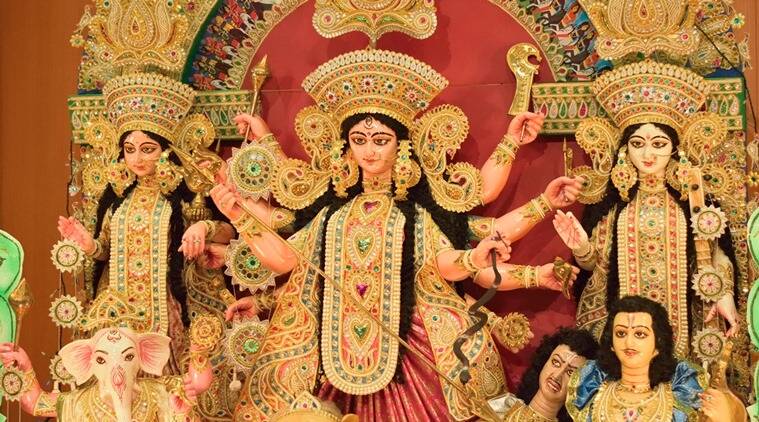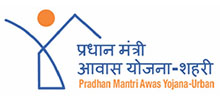Cultural Heritage
With communities across the globe searching for roots , expressions such as ‘Cultural Identity', ‘Cultural Relativism' and ‘Cultural Mosaic' dominate scholarly discourse all around. But in the context of Tripura, it is the cultural cross-currents which unite the people in a spirit of amity and harmony. The undulating hillscape of the state-sixty percent of the Tripura’s territory is still covered with lush greenery of forest-resonate with the traditional tribal music and dances on ceremonial occasions.

On the plains dotted with paddy fields, lakes, rivers and green-capped habitations the sombre notes of ‘Rabindra Sangeet'( Musical compositions of Rabindra Nath Tagore), ‘Nazrul Geeti' (Songs composed and tined by poet Kazi Nazrul Islam) and lilting melodies of maestro Sachin Debbarman add to the colour of life and society. The ‘Jari' and ‘Sari dances of the Muslim community, joyous celebrations of Christmas and the quiet ambience of the ‘Buddha Purnima' enrich the cultural diversity of the state . But the essential unity underlying Tripura’s cultural diversity finds eloquent expression in adaptations across the barrier of language and heritage. The non-tribal Bengalis have appropriated the annual weeklong worship in the temple of ‘Chaturdash Debta', a traditional festival of the indigenous tribals, in the month of July while tribals–and for that matter-the entire population enthusiastically participate in and enjoy the festivities associated with the five day ‘Durga Puja'.

This process has gained in momentum by the catholicity of culture practised by the kings of Manikya dynasty who ruled the state for more than five centuries and their magnanimous espousal of cultural cross-currents. The inevitable fall-out of this was the domination of Indian film and popular music spanning five decades by maestro Sachin Debbarman, a scion of Tripura’s royal family and the overwhelming appreciation showered on a troupe of Reang tribal girls who enthralled a Japanese audience with delicately rhythmic performance of their traditional ‘Hozagiri' dance in an auditorium of Tokyo.
- Back to previous page
- |
-
Page last updated date : 01-01-2024 05:20 PM
























